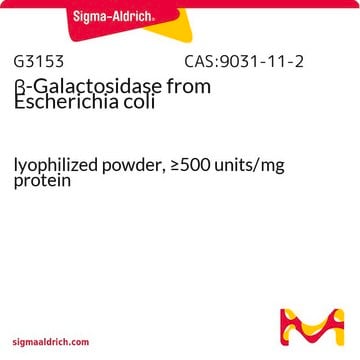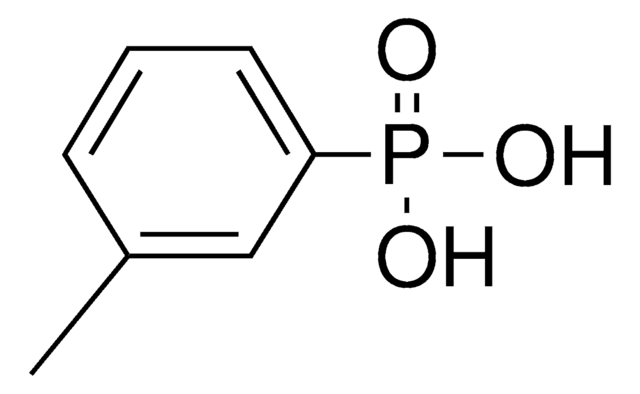SML0074
Acenocoumarol
≥98% (HPLC)
Synonyme(s) :
(±)-Acenocoumarin, 3-(α-Acetonyl-p-nitrobenzyl)-4-hydroxy-coumarin
About This Item
Produits recommandés
Pureté
≥98% (HPLC)
Forme
powder
Couleur
white to tan
Solubilité
DMSO, heptane and xylene: ≥17 mg/mL
Auteur
Novartis
Température de stockage
−20°C
Chaîne SMILES
CC(=O)CC(c1ccc(cc1)[N+]([O-])=O)C2=C(O)c3ccccc3OC2=O
InChI
1S/C19H15NO6/c1-11(21)10-15(12-6-8-13(9-7-12)20(24)25)17-18(22)14-4-2-3-5-16(14)26-19(17)23/h2-9,15,22H,10H2,1H3
Clé InChI
VABCILAOYCMVPS-UHFFFAOYSA-N
Informations sur le gène
human ... VKORC1(79001)
Vous recherchez des produits similaires ? Visite Guide de comparaison des produits
Application
Actions biochimiques/physiologiques
Caractéristiques et avantages
Mention d'avertissement
Warning
Mentions de danger
Conseils de prudence
Classification des risques
Acute Tox. 4 Oral - Eye Irrit. 2 - Skin Irrit. 2 - STOT SE 3
Organes cibles
Respiratory system
Code de la classe de stockage
11 - Combustible Solids
Classe de danger pour l'eau (WGK)
WGK 3
Point d'éclair (°F)
Not applicable
Point d'éclair (°C)
Not applicable
Certificats d'analyse (COA)
Recherchez un Certificats d'analyse (COA) en saisissant le numéro de lot du produit. Les numéros de lot figurent sur l'étiquette du produit après les mots "Lot" ou "Batch".
Déjà en possession de ce produit ?
Retrouvez la documentation relative aux produits que vous avez récemment achetés dans la Bibliothèque de documents.
Articles
Bioactive small molecules for immune system signaling target identification/validation and antibiotics, antivirals, and antifungals offered.
Notre équipe de scientifiques dispose d'une expérience dans tous les secteurs de la recherche, notamment en sciences de la vie, science des matériaux, synthèse chimique, chromatographie, analyse et dans de nombreux autres domaines..
Contacter notre Service technique









